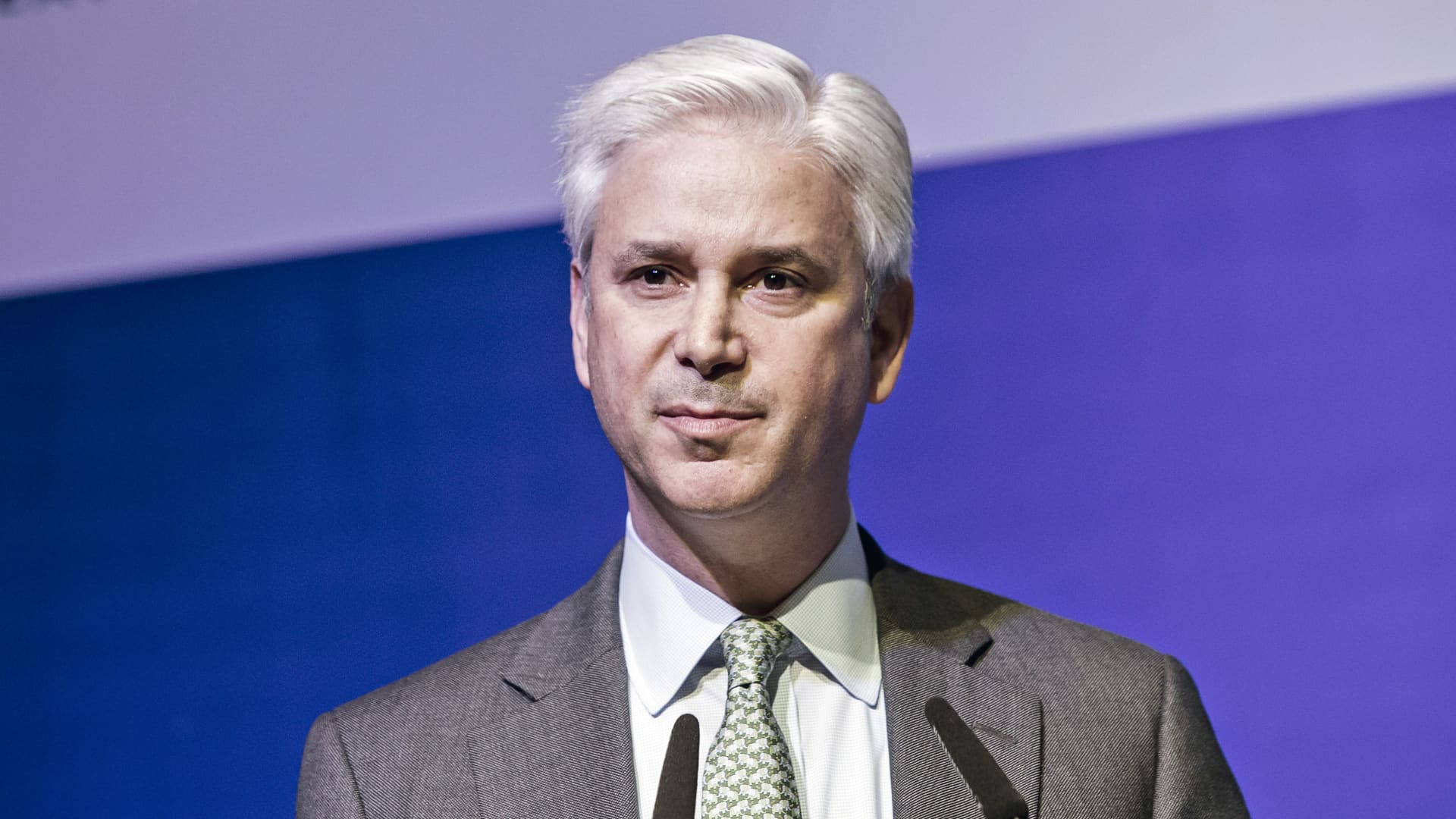Wells Fargo said Friday that second-quarter profit declined 48% from a year earlier as the firm set aside funds for bad loans and was stung by declines in its equity holdings.
Here are the numbers:
- Earnings per share: 74 cents, including an 8 cent per share impact tied to impairments.
- Revenue: $17.03 billion vs $17.53 billion estimate
Profit of $3.12 billion, or 74 cents per share, fell sharply compared to $6.04 billion, or $1.38, a year earlier, the bank said in a statement.
For the second quarter, analysts surveyed by Refinitiv had estimated Wells Fargo would earn 80 cents. It’s not immediately clear if the numbers are comparable.
“While our net income declined in the second quarter, our underlying results reflected our improving earnings capacity with expenses declining and rising interest rates driving strong net interest income growth,” CEO Charlie Scharf said in the release.
Analysts and investors have been closely poring over bank results for any signs of stress on the U.S. economy. While borrowers of all types have continued to repay their loans, the possibility of a looming recession triggered by surging interest rates and broad declines in asset values have begun to appear in results.
Wells Fargo said that “market conditions” forced it to post a $576 million second-quarter impairment on equity securities tied to its venture capital business. The bank also had a $580 million provision for credit losses in the quarter, which is a sharp reversal from a year earlier, when the bank benefited from the release of reserves as borrowers repaid their debts.
Scharf noted in his statement that he expected “credit losses to increase from these incredibly low levels” in the future.
Last month, Wells Fargo executives disclosed that second-quarter mortgage revenue was headed for a 50% decline from the first quarter as sharply higher interest rates curtailed purchase and refinance activity.
It’s one of the impacts of the Federal Reserve’s campaign to fight inflation by raising rates by 125 basis points in the second quarter alone. Wells Fargo, with its focus on retail and commercial banking, was widely expected to be one of the big beneficiaries of higher rates.
But concerns that the Fed would inadvertently tip the economy into recession have grown this year, weighing heavily on the shares of banks. That’s because more borrowers would default on loans, from credit cards to mortgages to commercial lines of credit, in a recession.
Led by Scharf since October 2019, the bank is still operating under a series of consent orders tied to its 2016 fake accounts scandal, including one from the Fed that caps its asset growth. Analysts will be keen to hear from Scharf about any progress being made to resolve those orders.
Shares of Wells Fargo dropped 19% this year, roughly in line with the decline of the KBW Bank Index.
On Thursday, bigger rival JPMorgan Chase posted results that missed expectations as it built reserves for bad loans, and Morgan Stanley disappointed on a worse-than-expected slowdown in investment banking fees.
Bank of America and Goldman Sachs are scheduled to report results on Monday.
This story is developing. Please check back for updates.
